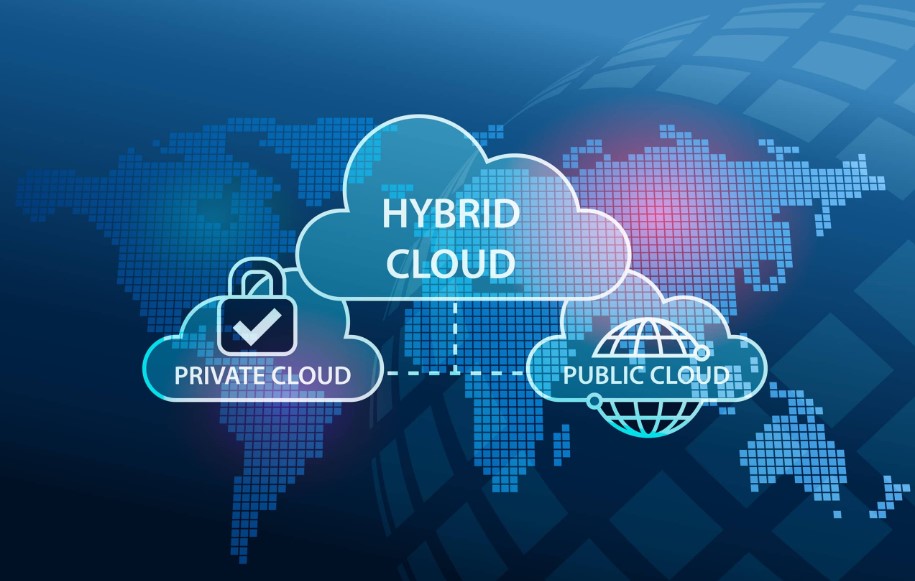Electing the Best Cloud Computing Model for Your Business
September 17, 2024

In the age of digital revolution, choosing the right cloud computing model for your business is not just about scalability and cost-efficiency but also about ensuring robust cybersecurity measures. Cloud computing offers various models — public, private, and hybrid — each with its own advantages and security considerations. Here’s a guide to help you navigate through these options while prioritizing cybersecurity.
Understanding Cloud Computing Models
- Public Cloud:
- Definition: Public cloud services are provided by third-party providers over the internet. Resources such as applications and storage are shared among multiple organizations.
- Advantages: Cost-effective, scalable, and easy to manage.
- Cybersecurity Considerations: Ensure the provider offers strong security measures such as encryption, access controls, and regular audits. Understand shared responsibility — where the provider secures the infrastructure, and you secure your data and applications.
- Private Cloud:
- Definition: Private cloud services are dedicated to a single organization and can be hosted on-premises or by a third-party provider.
- Advantages: Enhanced security and control over data and resources.
- Cybersecurity Considerations: Implement strict access controls, encryption, and regular security assessments. Ensure compliance with industry regulations as you have direct responsibility for the security of the infrastructure.
- Hybrid Cloud:
- Definition: Hybrid cloud combines public and private cloud services, allowing data and applications to be shared between them.
- Advantages: Flexibility to choose where to host applications and data based on security, performance, and compliance requirements.
- Cybersecurity Considerations: Secure connections between environments (e.g., VPNs), manage identities and access across environments, and maintain consistent security policies.

Key Cybersecurity Factors to Consider
- Data Encryption: Ensure data is encrypted both in transit and at rest to protect against unauthorized access.
- Access Controls: Implement strong identity and access management (IAM) policies to restrict access based on roles and responsibilities.
- Compliance: Verify that the cloud provider adheres to relevant compliance standards (e.g., GDPR, HIPAA) applicable to your industry.
- Security Monitoring: Utilize continuous monitoring and logging to detect and respond to security incidents promptly.
- Backup and Recovery: Implement regular backups and a robust disaster recovery plan to ensure data availability and business continuity.
Selecting the Right Provider
- Security Track Record: Assess the provider’s security certifications, audits, and incident response capabilities.
- Service Level Agreements (SLAs): Review SLAs to understand the provider’s commitment to security, uptime, and data protection.
- Customer Support: Ensure the provider offers responsive support for security incidents and queries.

Choosing the best cloud computing model for your business involves evaluating security alongside scalability and cost-efficiency. Whether you opt for a public, private, or hybrid cloud, cybersecurity should be a primary consideration throughout the decision-making process. By understanding the specific security implications of each model and partnering with a reputable cloud provider, you can mitigate risks and confidently leverage cloud computing to drive innovation and growth in your organization.
Have Any Question?
Call or email Cocha. We can help with your cybersecurity needs!
- (281) 607-0616
- info@cochatechnology.com




